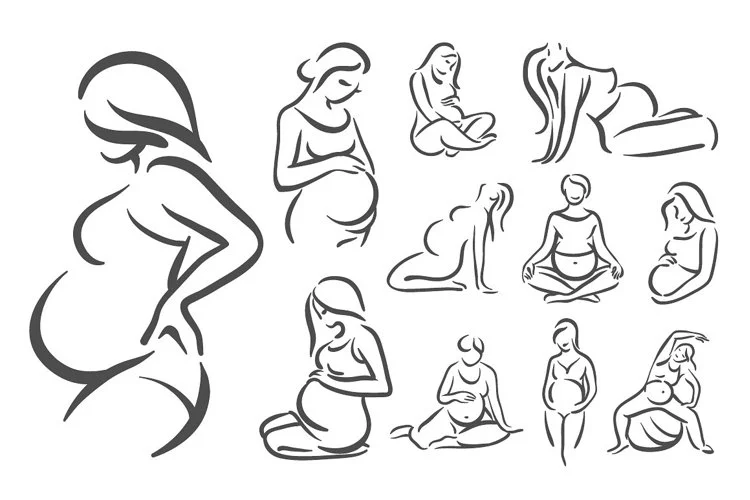Let’s face it: the teenage brain is a bit of a wild card. Research shows that adolescent brains have circuitry that makes them more likely to engage in risky behavior, especially when they’re hanging out with friends. In a study involving young mice, researchers found that those in groups were more likely to indulge in what would be the rodent equivalent of way too many cocktails. This isn’t just a cute mice story, though; similar findings have been mirrored in human studies. For example, Laurence Martin, who led the mouse study, found that teens playing a driving video game took more risks when surrounded by their peers compared to when they were solo.
Real-life statistics back this up. Teens riding with friends are four times more likely to get into an accident than when they’re driving alone. Meanwhile, the overall death rate for teenagers is alarmingly high—nearly double that of children aged 1 to 4 and over three times that of kids aged 5 to 14, largely due to accidents.
What’s a Parent to Do?
So what’s a parent to do? Some, like journalist Claire Adams, admit to “nagging” their kids by sharing every heartbreaking news story about teen accidents. But whether this approach actually works is questionable; her kids often roll their eyes in response.
It’s evident that our culture doesn’t prioritize the safety of young people. For instance, kids get their driver’s licenses at an age that’s arguably too early. Sixteen-year-olds face a fatal crash rate nearly double that of 18- and 19-year-olds and triple that of drivers aged 20 and older. Our public transport options are often lacking, especially in rural areas, leaving teens to rely on cars. If both parents work, kids are left to drive themselves to and from school, sports, and other activities.
Compounding Issues
Compounding this issue is the current economic climate, which forces parents to work long hours, leaving teenagers unsupervised. Jobs for teens aren’t as plentiful as they once were, so finding ways to keep them engaged might be part of the solution. Public service campaigns aimed at discouraging drinking, smoking, and drug use have shown little effect; however, Laurence Martin believes that investing in activities that keep teens productively occupied could yield better results.
Our work culture might share some blame here too. Many parents lament that just as their kids are entering their teen years—when they could really benefit from parental involvement—they find themselves back at work full-time. Research indicates that teens who spend more time with their families tend to exhibit fewer behavioral problems and engage in less delinquent behavior.
Proposed Solutions
Martin has even proposed the idea of “maternity” or “paternity” leave for parents of older kids—essentially giving parents a few afternoons off each year for family time. This could help teens navigate peer pressure more effectively. After all, if Mom is in the car, she can help her teen recognize the value of safe driving, and let’s be honest, she’s definitely not going to be serving any Jell-O shots!
For more insights and tips on navigating the world of home insemination, check out our post on home insemination kits. And if you’re looking for comprehensive resources on pregnancy, consider visiting this excellent fertility center.
Conclusion
In summary, understanding the teenage brain is crucial for parents aiming to guide their kids through these risky years. With more involvement and awareness, we can help reduce accidents and promote safer choices for our teens.
